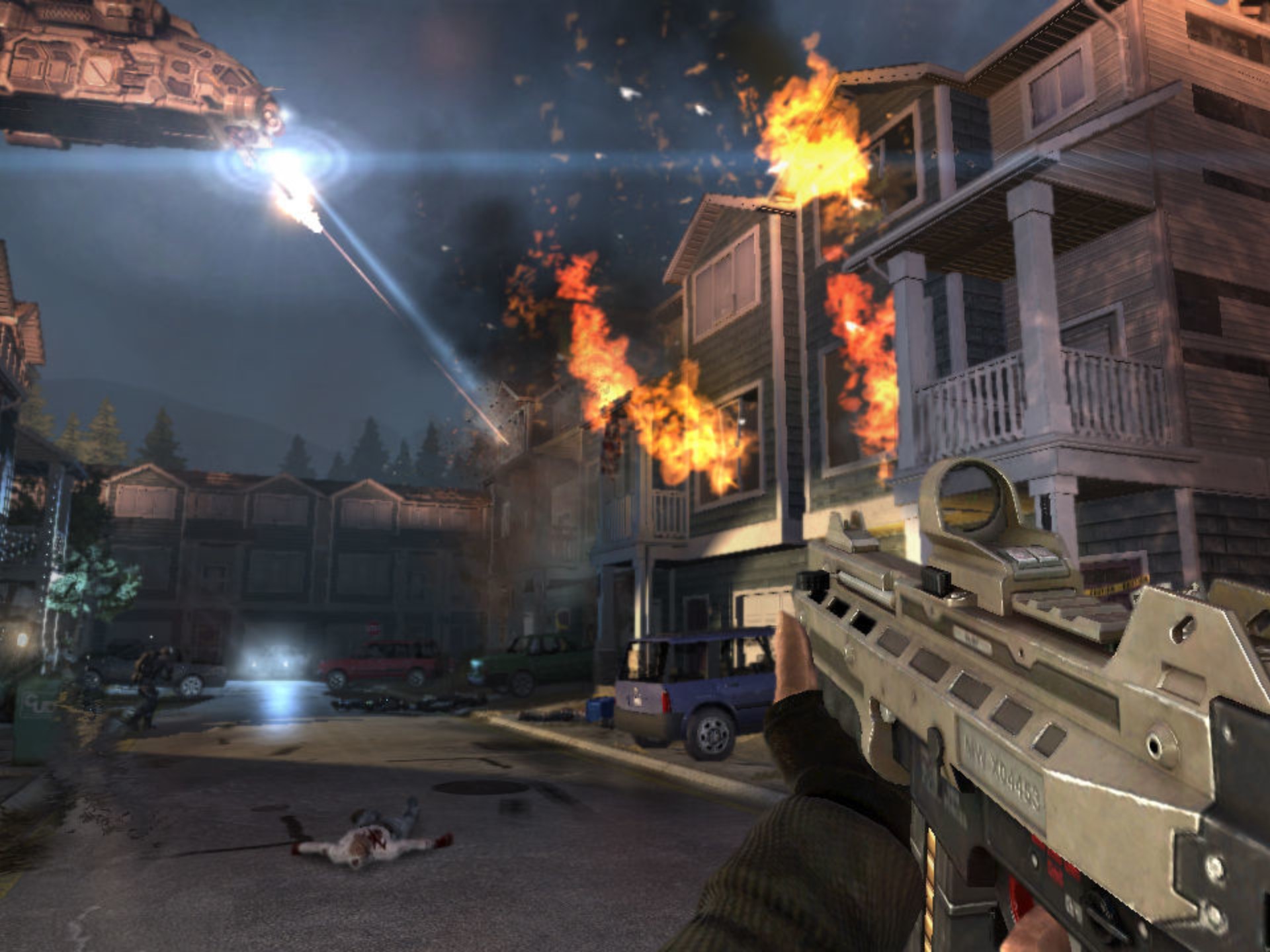Title: The Next Level: Top 10 Emerging Trends Reshaping Deep Game News

The video game industry is no longer a niche entertainment sector; it's a dynamic, multi-billion-dollar cultural and technological powerhouse. Reporting on it has evolved from simple reviews and previews into a complex field known as "deep game news." This journalism goes beyond surface-level announcements, delving into the technological, business, ethical, and artistic undercurrents that define the future of interactive media. Here are the top ten emerging trends that are currently shaping this deep analytical landscape.
1. The Generative AI Revolution in Development
The integration of Generative AI is arguably the most disruptive force in game development, and its implications are a primary focus for deep game news. Coverage has moved past the initial hype to analyze the practical and ethical ramifications. #GenerativeAI #GameDev Journalists are investigating how tools like ChatGPT and Midjourney are automating tasks like NPC dialogue generation, environmental concept art, and even procedural content creation. The deep-dive analysis focuses on the potential for smaller studios to create vast, dynamic worlds, while also questioning the impact on creative jobs, the ownership of AI-generated assets, and the potential for homogenization in game design if everyone uses similar AI models.
2. The "AI Ethics" Beat
Directly stemming from the first trend, a dedicated focus on AI ethics has become a crucial niche. Deep game news outlets are appointing reporters to specifically cover the moral dilemmas posed by new technologies. #AIEthics #ResponsibleAI This includes investigating the data sets used to train development AIs (often scraped from the internet without creator consent), the potential for AI-driven monetization to become predatory, and the philosophical question of what constitutes "art" in an AI-assisted game. This trend represents a maturation of games journalism, tackling issues with the seriousness once reserved for political or tech reporting.
3. The Physics of Fun: Probabilistic Rendering Explained
With technologies like NVIDIA's DLSS and AMD's FSR becoming standard, deep tech reporting is essential. Journalists are now tasked with explaining complex concepts like neural graphics and probabilistic rendering to a mainstream audience. #DLSS #RayTracing #Graphics The trend isn't just about announcing support for a new game; it's about deep technical breakdowns of how these AI-powered techniques reconstruct images, their impact on performance versus visual fidelity, and their role in making computationally intensive features like path tracing a practical reality for consumers.
4. The Platform Wars: Beyond Consoles
The battle for your screen is more fragmented than ever. Deep game news analysis has expanded from the classic Xbox vs. PlayStation narrative to include cloud gaming services (GeForce Now, Xbox Cloud Gaming), storefronts (Epic vs. Steam), and even emerging platforms like VR/AR and Netflix's gaming venture. #CloudGaming #PlatformWar Reporters analyze business strategies, exclusivity deals, and the technological hurdles of streaming latency, providing consumers with a nuanced understanding of where to invest their money and which ecosystems are likely to thrive.
5. The Metaverse Pivot: From Hype to Reality
After the initial metaverse frenzy, deep game news is now focused on the pragmatic, ground-level applications of persistent online worlds. The conversation has shifted from Zuckerberg's vision to how existing games like Fortnite, Roblox, and Minecraft are functionally acting as metaverses. #Metaverse #Web3 Coverage now critically examines live-service events, brand integrations, and user-generated content economies, asking what truly makes a sustainable virtual world rather than just chasing a buzzword.
6. The Indiepocalypse Re-examined: A Market Correction
The narrative of an "indiepocalypse" has been replaced with more sophisticated analysis. Deep game news tracks market saturation on storefronts like Steam, the rising discoverability challenges, and the subsequent trends in indie development. #IndieGame #GameDev This includes the growth of "double-A" studios, the strategic use of subscription services like Game Pass for indie devs, and the emergence of specific, niche genres (like cozy games or vampire survivors-likes) as viable market strategies, offering a data-driven look at the survival tactics of smaller creators.
7. The Deep Dive Documentary Format
Long-form video content and multi-part written series have become a staple. Outlets like NoClip have popularized the exhaustive, years-long documentary project that traces a game's development from conception to launch and beyond. #GameDocumentary #DevOps This trend satisfies an audience hungry for transparency and the human stories behind their favorite games, covering development hurdles, crunch culture, and triumphant post-launch recoveries in unprecedented detail.
8. The Data-Driven Journalism Boom
Game news is increasingly leveraging data analytics. Journalists use API scrapers, player count metrics, and sales data to uncover stories rather than relying solely on press releases. #DataJournalism #Gaming This can reveal the true player engagement of live-service games, analyze the impact of specific updates on retention, or debunk inflated marketing claims, adding a layer of objective credibility to reporting.
9. The Systemic Analysis of Game Design
Beyond reviewing "how a game feels," there's a growing trend of deconstructing the underlying systems that create that feeling. Deep analysis pieces break down the reward loops of a live-service game, the subtle balance changes in a competitive title's patch notes, or the psychological principles behind UX/UI design. #GameDesign #SystemsDesign This treats game design as a science, appealing to an audience of aspiring developers and highly engaged players who want to understand the "why" behind their experience.
10. Labor and Unionization as a Mainstream Topic
Once a peripheral issue, the treatment of game developers is now front-page news. Deep game outlets provide sustained coverage of studio unionization efforts, layoffs, and corporate restructuring. #GameWorkersUnite #Labor This trend reflects a industry-wide push for accountability, with journalists holding major companies to task for their workplace practices and highlighting the human cost of game production, ensuring that business news is never divorced from its impact on people.
In conclusion, deep game news has evolved into a multifaceted discipline that mirrors the complexity of the industry it covers. It’s no longer just about what games are coming out, but about how they are made, who makes them, the technology that powers them, and the broader cultural and economic forces they influence. This analytical, trend-focused approach is essential for understanding the true shape of interactive entertainment's future.


















